At the ceremony to receive the "Platinum Certificate" from the World Stroke Association, held at Le Van Thinh Hospital (HCMC) on October 2, Dr. Tran Van Khanh, Director of the unit, said that this is a source of pride not only for the Hospital, but also a common achievement of the city's and the country's health sector.
To achieve Platinum certification - one of the highest standards of the World Stroke Association - Le Van Thinh Hospital had to meet many strict criteria, from emergency capacity, diagnosis, intervention to comprehensive care and rehabilitation for stroke patients.
This is also the result of a long process of effort, perseverance and solidarity of the unit.

Hospital Director Le Van Thinh (fourth from left) happily received the "Platinum certification" in stroke treatment from the World Stroke Association (Photo: XB).
“This achievement affirms the hospital's increasingly improved professional level, the increasingly perfect stroke emergency - treatment - rehabilitation system, and especially the dedication of the team of doctors, nurses, technicians, and hospital staff.
In the context of the increasing number of stroke cases, the Platinum certification is not only an international recognition but also a strong belief for people in the city and the Southern region when coming to Le Van Thinh Hospital," said Dr. Tran Van Khanh.
BSCK1 Huynh Tan Khao, in charge of the Stroke Unit, Department of Internal Medicine - Cardiology - Geriatrics, Le Van Thinh Hospital, said that each year, it receives more than 600 stroke cases, more than 100 cases of thrombolytic treatment and nearly 150 cases of intervention each year.
The unit currently manages nearly 1,000 post-stroke patients, as well as performs screening and preventive treatment of stroke and cerebrovascular diseases.
Faced with the above reality, since its establishment in 2017, the Stroke Unit has gradually standardized treatment procedures, developed detailed treatment regimens for cerebral hemorrhage and cerebral ischemia, updated knowledge, and enhanced scientific research.
Le Van Thinh Hospital also put into operation a comprehensive patient management model in stroke treatment.
Accordingly, stroke patients in the golden period when admitted to the hospital will receive emergency treatment, then stroke resuscitation and early rehabilitation. When the condition is stable, the patient will be transferred to a regular room for further treatment and rehabilitation.
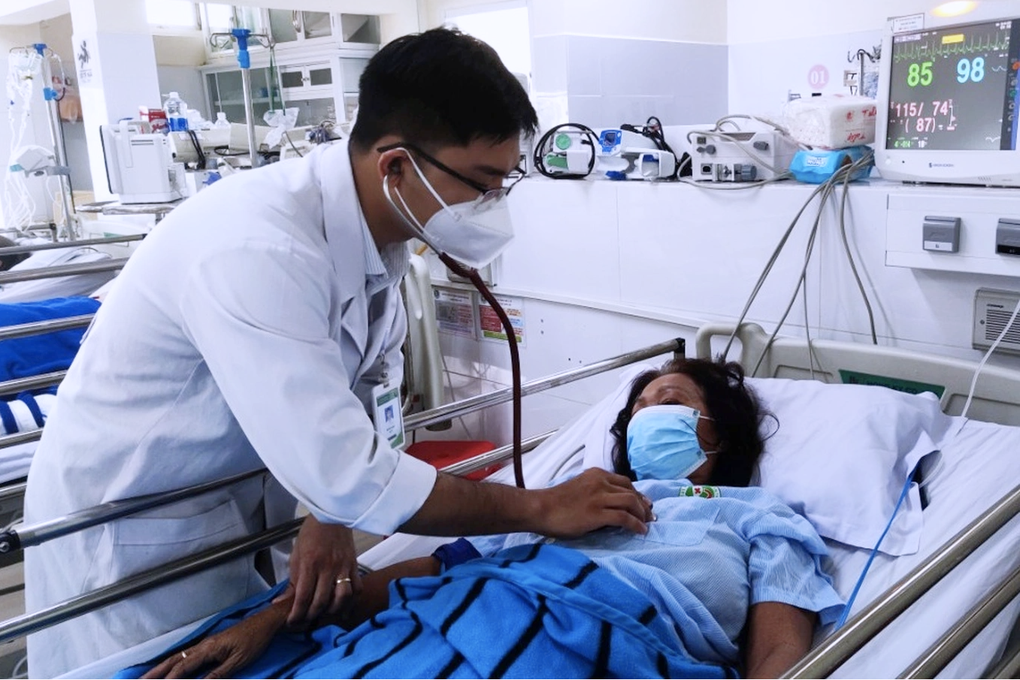
A critical stroke case was saved at Le Van Thinh Hospital (Photo: NT).
In severe cases, the patient will be transferred to another hospital for intervention if indicated, then taken to Le Van Thinh Hospital to carry out the above steps. Even after recovery and discharge, the patient will continue to be monitored and managed in the outpatient clinic.
Associate Professor Nguyen Huy Thang, Chairman of the Ho Chi Minh City Stroke Association, said that stroke is considered the leading disease causing disability. According to statistics from the World Stroke Association, the risk of having a stroke during a lifetime is 1/4, meaning that 1 in 4 people will have a stroke during their lifetime.
In Vietnam, the rate of sudden death in young people - although there are no official figures - is increasing, especially related to cardiovascular diseases such as arrhythmia, myocardial infarction or stroke.
Dr. Thang emphasized that stroke is not a disease that "god calls everyone to answer", because up to 90% of stroke cases have risk factors. Therefore, the best thing is to control risk factors, not to take a pill that can prevent and treat for life.
Source: https://dantri.com.vn/suc-khoe/nhan-hon-600-ca-dot-quy-moi-nam-benh-vien-o-tphcm-cuu-benh-nhan-the-nao-20251002131859907.htm



![[Photo] Prime Minister Pham Minh Chinh inspects and directs the work of overcoming the consequences of floods after the storm in Thai Nguyen](https://vphoto.vietnam.vn/thumb/1200x675/vietnam/resource/IMAGE/2025/10/08/1759930075451_dsc-9441-jpg.webp)

![[Photo] Prime Minister Pham Minh Chinh attends the World Congress of the International Federation of Freight Forwarders and Transport Associations - FIATA](https://vphoto.vietnam.vn/thumb/1200x675/vietnam/resource/IMAGE/2025/10/08/1759936077106_dsc-0434-jpg.webp)




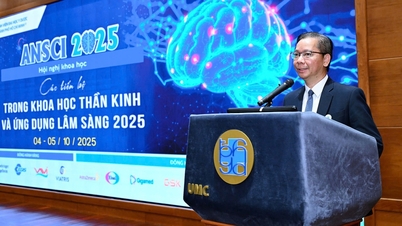

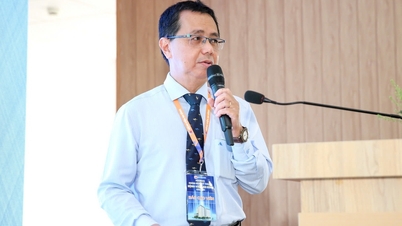


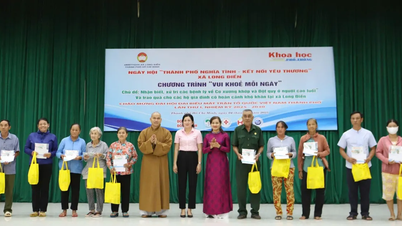




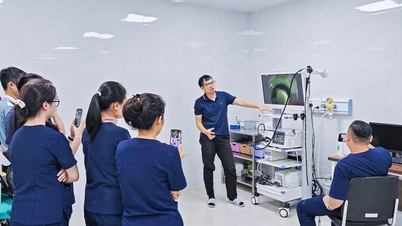













![[Photo] Closing of the 13th Conference of the 13th Party Central Committee](https://vphoto.vietnam.vn/thumb/1200x675/vietnam/resource/IMAGE/2025/10/08/1759893763535_ndo_br_a3-bnd-2504-jpg.webp)

































































Comment (0)